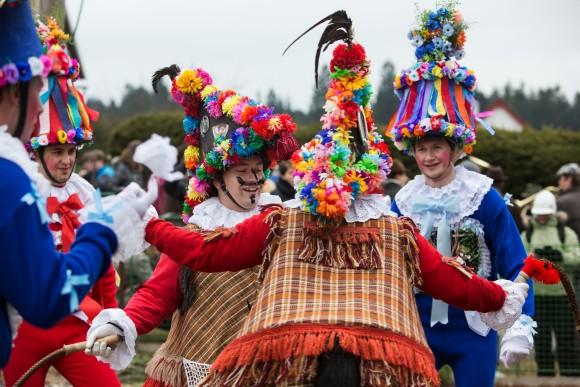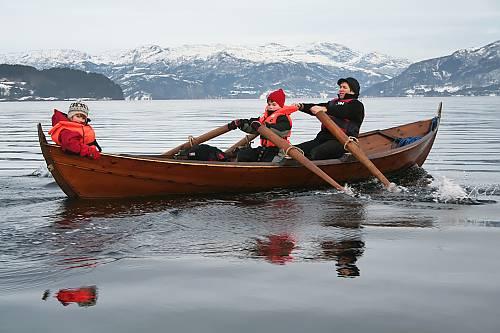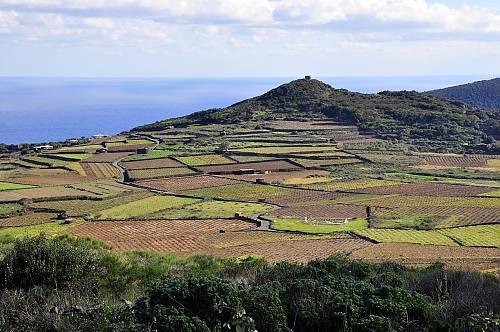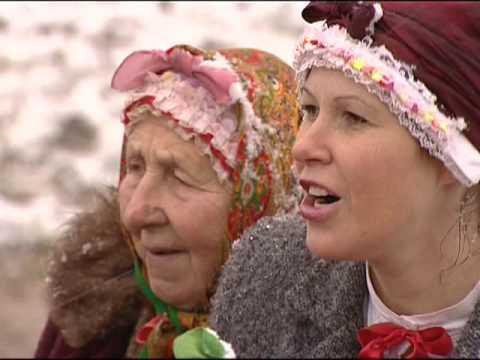Czechia is the name UNESCO applies to the Czech Republic, formerly Czechoslovakia. Most Czechs prefer “Czech Republic,” especially since the country will proudly celebrate 100 years of independence from the Austro-Hungarian Empire in 2018.
The UNESCO “Intangible Cultural Heritage” list includes the following five popular traditions from the region.
Shrovetide Door-to-Door Processions with Masks
Although there have been many changes since 1918, The Czech Republic remembers its past, especially in old-time celebrations rich in pageantry. One to remember is the end-of-winter celebrations at Shrovetide when door-to-door processions with fabulous costumes and masks are worn. These processions take place in the town of Hlinko and six nearby villages in Eastern Bohemia. In the 18th and 19th centuries, the Catholic Church banned this procession as did the socialist government in the 20th century.
Village men and boys disguised in masks (black for married men and red for boys) depicting traditional characters go from door to door, accompanied by a brass band, stopping at each house where, with permission, four of the men perform a ritual dance.
It is part of an ancient custom aimed at securing a rich harvest. In return, the dancers are given treats and collect a fee. After the last house has been visited, a symbolic “Killing of the Mare” takes place, only to be revived with alcohol, signaling the start of a dance as the maskers “frolic with onlookers.”






